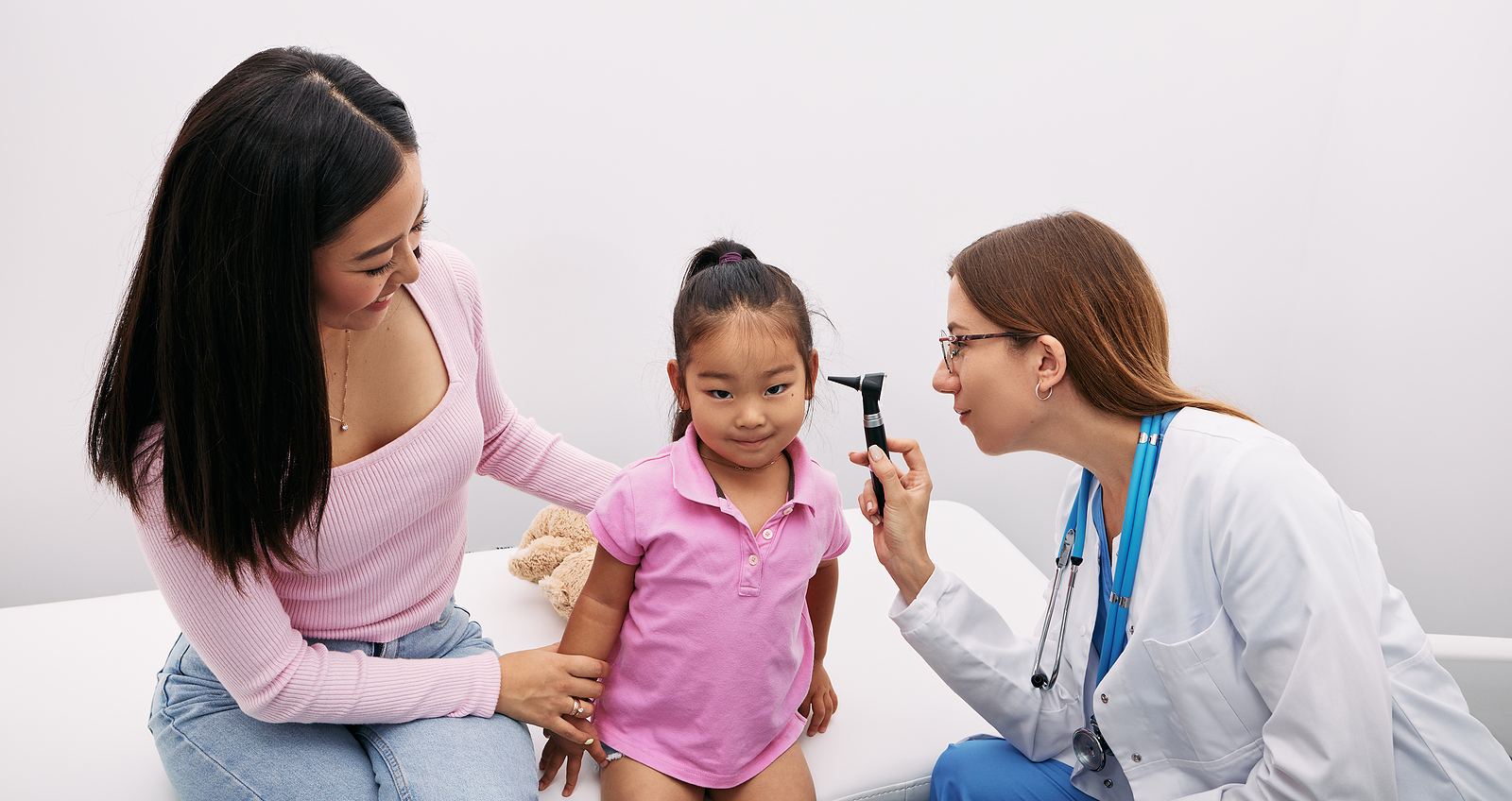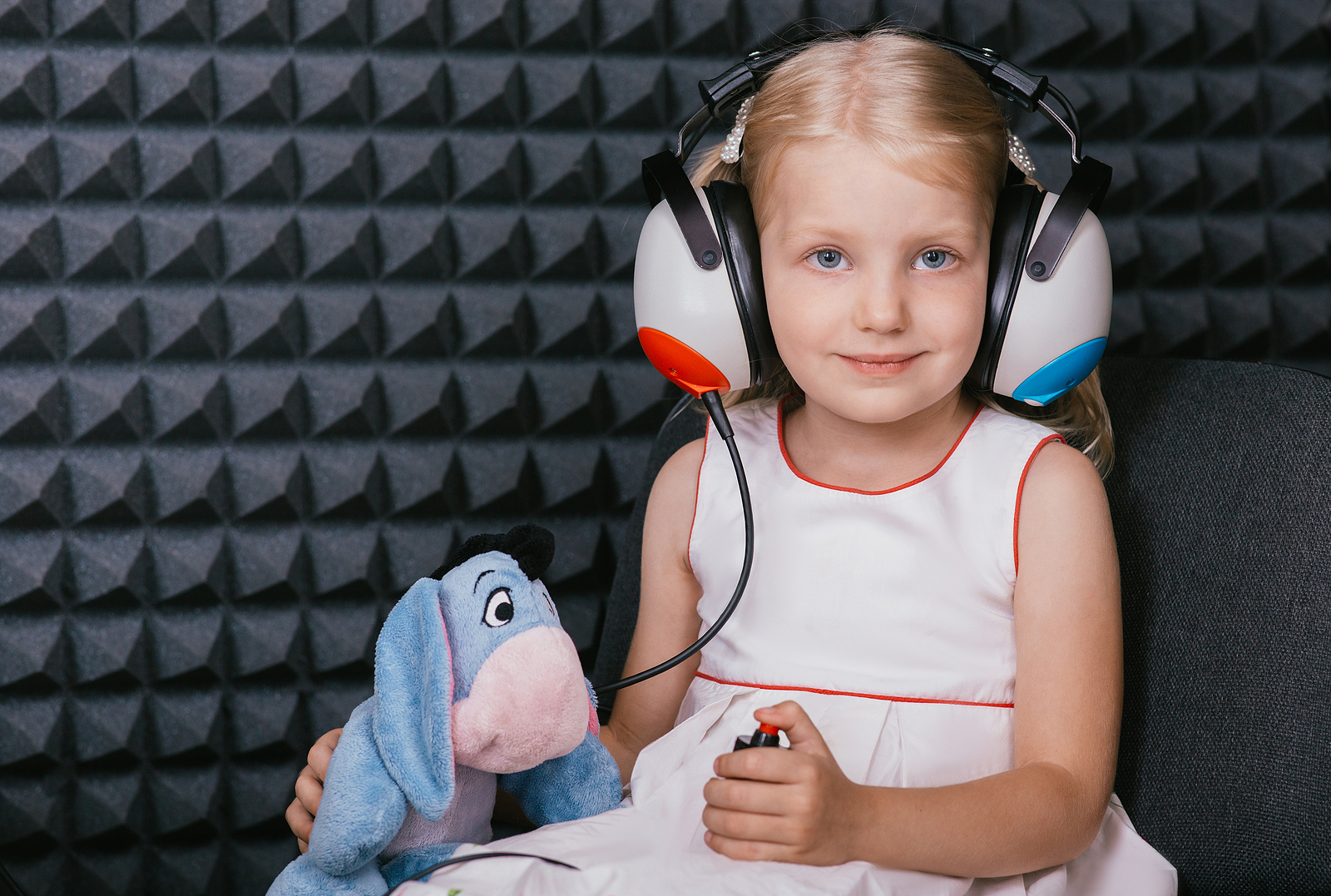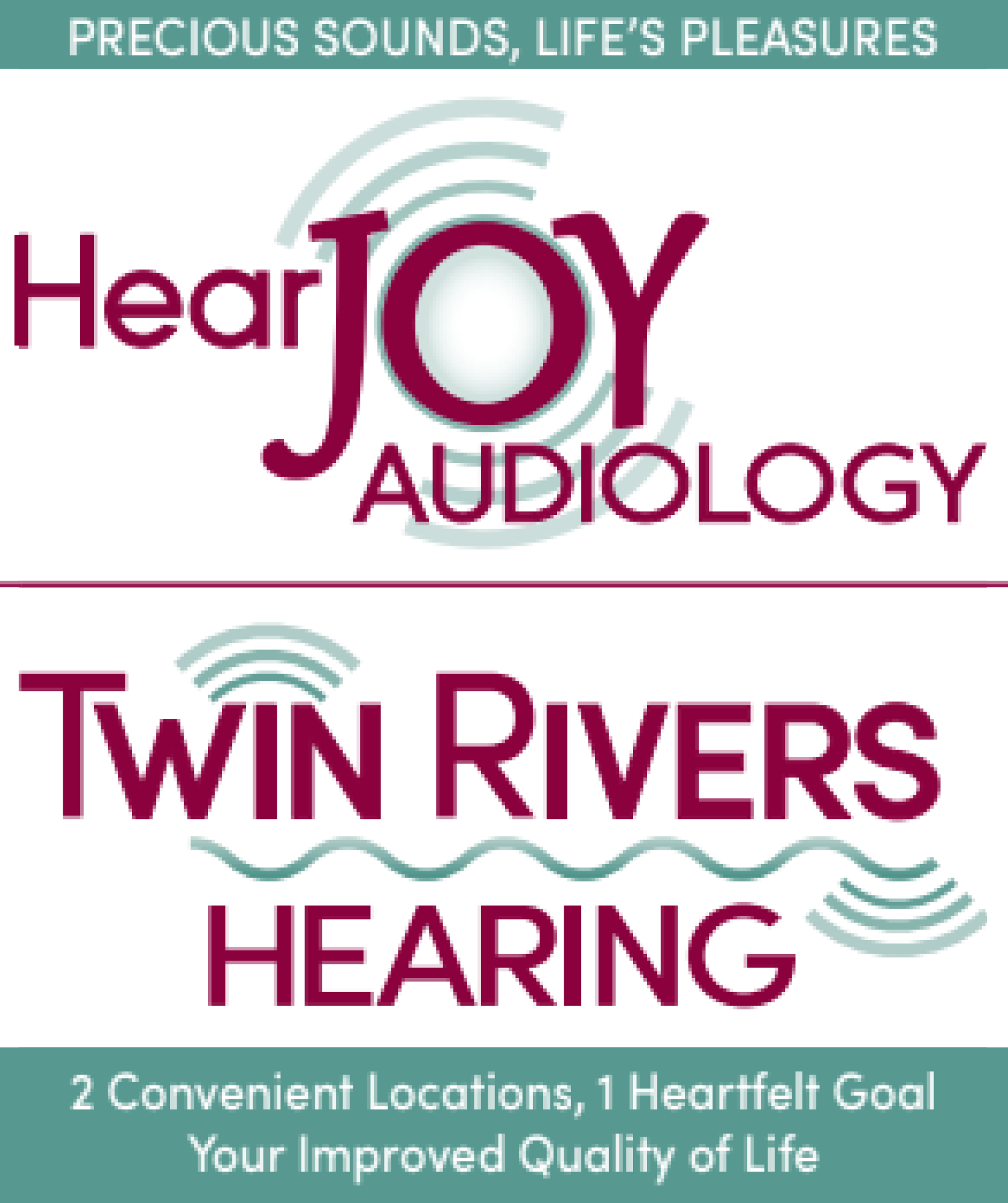Pediatric Hearing Testing
All newborns are screened at birth for hearing loss, typically prior to discharge.
Once a child has enough head control, typically about age 6 months, we are able to provide testing at Hear Joy Audiology. Due to the fire at our South Grafton location that occurred in October of 2023, we are conducting testing in a small temporary space that can not fit all we need to test young children. Once we move into a permanent space, we can replace the large sound booth and needed equipment. Tests that may be used with children in our newly renovated office include:
What to expect at a hearing test
Both Dr. Rancourt and Dr. Gehm are anxious to start testing babies and preschoolers again at our Massachusetts office. On Oct. 16, 2023, the South Grafton office was destroyed by a fire. We are in a small temporary space that can not fit all we need to test young children. Once we are able to move into permanent space, we can replace the large sound booth and needed equipment. We are able to do the hearing aid work and can accept test results from our audiologist colleagues at outside facilities. We look forward to welcoming little ones back to our “listening room”! At the present time, we can test school age children. We look forward to the new space so we can resume testing children as young as 6 months. The audiologists are counting the days to go toy shopping! We are able to accept audiological reports from our colleagues at outside facilities to proceed with hearing devices. To read more about the tests we use:

1. Visual Reinforcement Audiometry (VRA)
VRA is used for children from about six months of age to about three years. This method of testing initially pairs a sound with a visual reinforcer, usually a toy that lights up and/or moves, located to either side of the child. We begin by presenting the sound and lit toy at the same time. After a few trials, the tester will present the sound but NOT activate the toy. We will watch for your child to turn and look for the toy to light up or move, at which point we will know that he or she has heard the sound. Then the toy will be activated as a reinforcer to reinforce your child’s responding. This will be repeated until we obtain enough frequency specific information to determine hearing levels by frequency and decibel level.

2. Play Audiometry
For children from about three years up to four or five years we may use play audiometry. We may use it with older children to keep them engaged. Your child will play a game based around hearing a sound. We will model doing something every time we hear a sound, such as placing a block in a bucket. We may ask you to help us. Once the child has the idea of “hear something, do something”, we will determine the levels at which they barely hear by frequency. The game may be adapted as needed to maintain attention for as long as we need to obtain complete information or until attention is lost. We may have you practice this task at home and/or bring a familiar toy

3. Speech Audiometry
Speech audiometry is used to determine how well your child hears or understands speech. With younger children it may simply be a matter of getting them to look to one side or the other when they hear speech sounds. Older children may be asked to point to pictures of objects, actual objects, or to their own or a doll’s nose, feet, belly, etc. Older children may be asked to repeat words.
